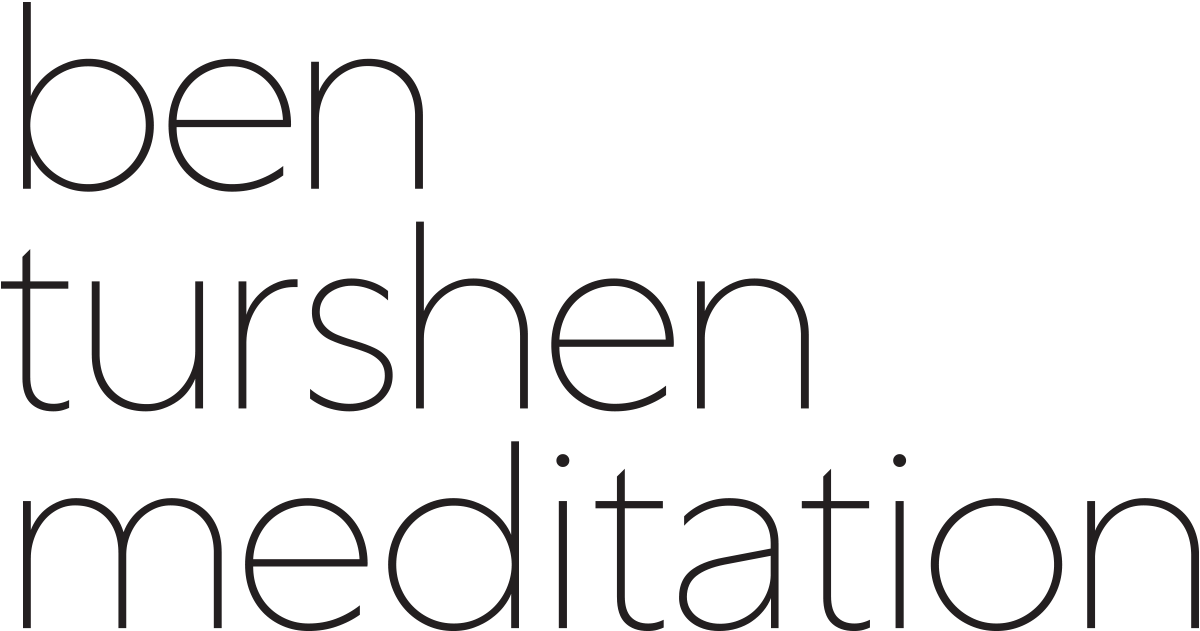By Ben Turshen.
My views on meditation have changed. This may surprise you, but I used to think meditation was strange. Something for people that were not like me at all. When I thought of meditation, I imagined monks dressed in robes sitting perfectly still in silence for hours in mountaintop temples or yogis sitting in full lotus position chanting mantras.
I had no desire to become a monk and had never taken a yoga class, but I was envious. The idea that I could quiet my mind, shut down the daily barrage of fear, worry, anger, sadness, frustration that swirled in my head was very appealing. But it seemed like an impossible dream for someone like me. Along with anxiety, depression and insomnia, I struggled with what doctors diagnosed as Attention Deficit Disorder. I thought that my mind was too busy to meditate.
Fortunately, I was mistaken. While many types of meditation are monastic by nature (i.e., designed for monks), Vedic Meditation is a "householder" meditation technique, designed for people fully integrated in life, with families, jobs and busy minds--people like me (and you). Vedic Meditation settles the mind and body effortlessly and automatically without any need to focus or concentrate.
Although Vedic Meditation was born in ancient India over 5,000 years ago, it's application in modern life cannot be overstated. Accumulated stress leads to disease, pre-mature aging and low-grade performance and behavior. A plague of modern times. Vedic Meditation efficiently and systematically removes accumulated stress, improving all aspects of our lives, our physical health, our mental health and our relationships.
So if you're not a monk, that's OK, Vedic Meditation is the perfect practice for you.
